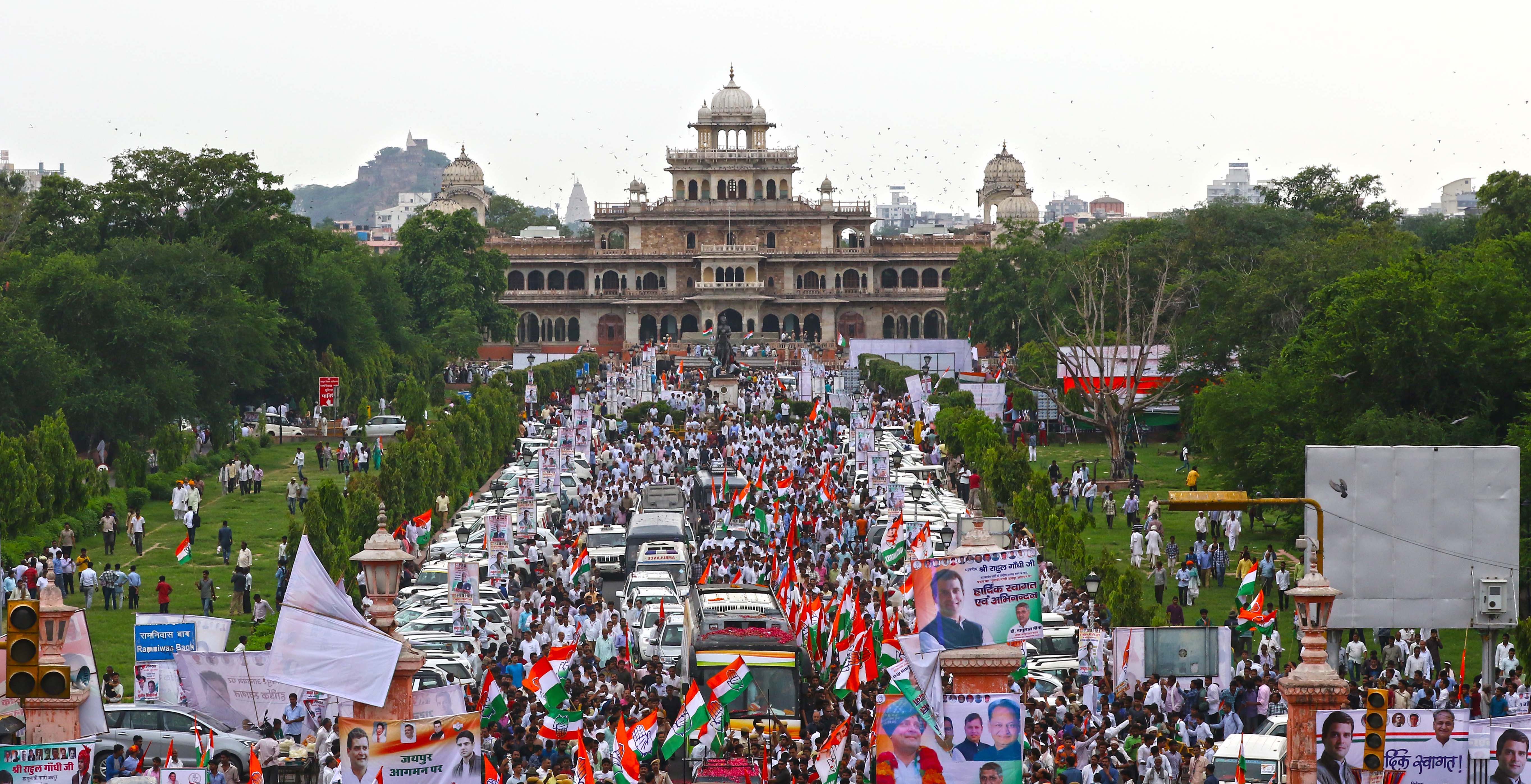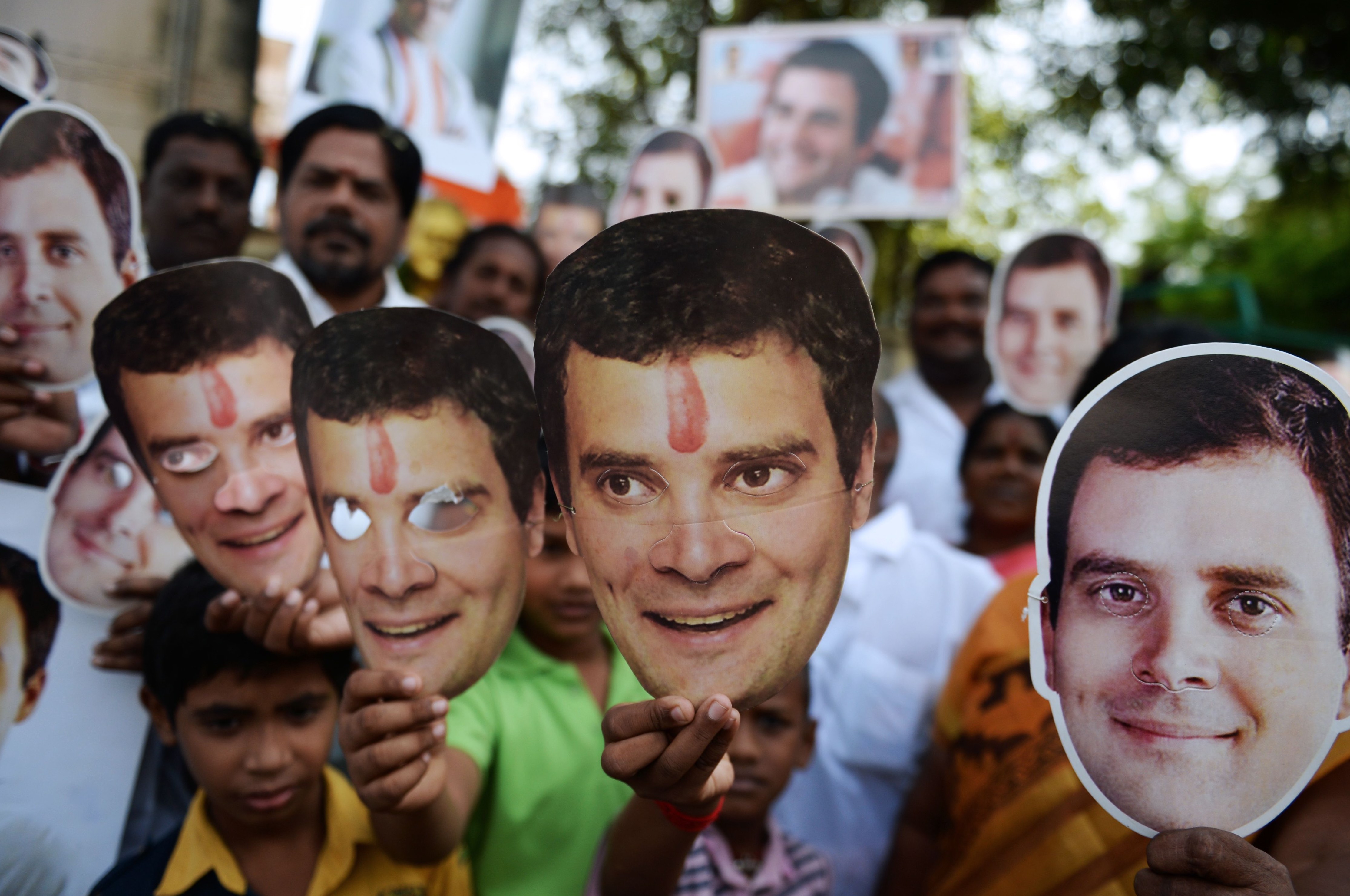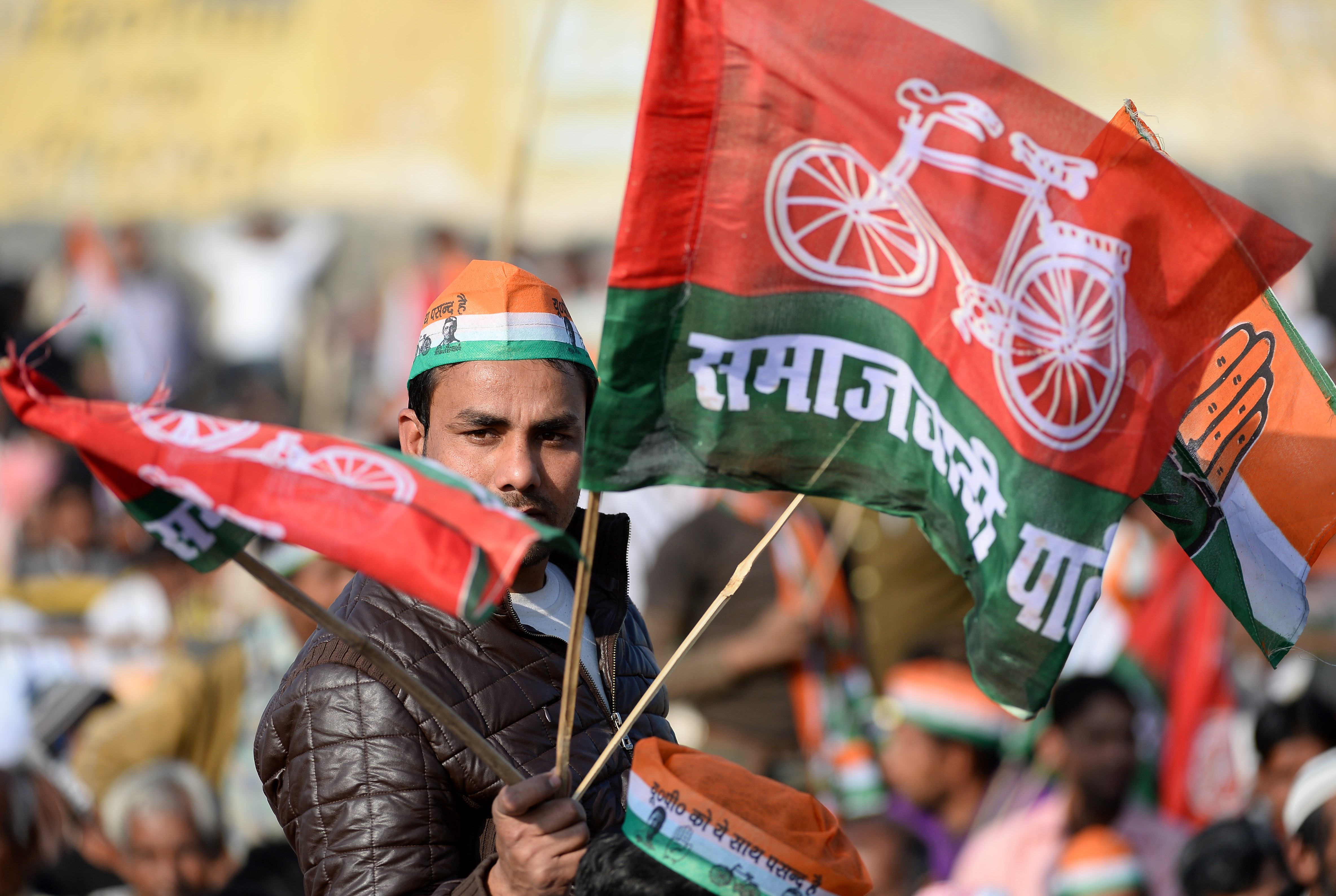
Politics & Society
The problem with being young in India

More than 100 million people across five states in India have voted over the last couple of months, and it’s not good news for Prime Minister Narendra Modi’s ruling BJP party
Published 17 December 2018
The results of the recently-concluded Indian state elections in Rajasthan, Madhya Pradesh, and Chhattisgarh, are a massive blow for Prime Minister Narendra Modi’s Bharatiya Janata Party (BJP).
The BJP has governed Madhya Pradesh and Chhattisgarh for 15 years and has enjoyed a huge majority in Rajasthan for the last five years.

But in Madhya Pradesh, the Indian National Congress (INC) – the BJP’s main rival in next year’s national elections - won 114 seats (of 230) and is set to form government with the help of allies. The BJP could win only 109 seats, seven short of the required simple majority (116).
The INC’s performance in Chhattisgarh was even more remarkable, where it bagged 68 of the 90 assembly seats in the state, thereby ensuring a thumping defeat for the BJP.
In Rajasthan, where the ruling BJP government of Vasundhara Raje Scindia was battling a strong anti-incumbency wave owing to a particularly lacklustre performance over the past five years, the INC ended up with 99 seats of 199.

Politics & Society
The problem with being young in India
The BJP has 73.
Two other states also recently went to the polls - Telangana and Mizoram – which were won by Telangana Rashtra Samithi (TRS) and Mizo National Front (MNF) respectively.
It may be too early to extrapolate the results of these state elections and draw conclusions about the fortunes of the BJP and INC in the forthcoming national elections, expected in April or May of next year. The 2019 federal elections will be fought over 29 different states, each with its unique political dynamics and local issues at play.
However, the states of Madhya Pradesh, Rajasthan and Chhattisgarh together make up 65 federal parliamentary seats; and at the last national election in 2014 the BJP won 62 of them.
Considering the state election results, the BJP will struggle to win even one-third of these seats during the federal elections.

The results indicate there is a lot of resentment on the ground against the party and popular sentiment is shifting against it.
These three states are predominantly agrarian, where the share of agriculture in GDP and total workforce in agriculture is higher than the national average.
De-monetisation and the haphazard rolling out of the Goods and Services Tax (GST) were massive shocks to the informal economy including agriculture, from which the small-scale entrepreneurs and farmers have not yet completely recovered.

Politics & Society
How India runs the biggest elections in the world
Prime Minister Modi’s promises of generating 20 million jobs per year and the much-vaunted Make in India policy has not lived up to its hype.
Further, there are serious concerns about the corrosive impact of the BJP-led government on various institutions. In the latest saga, the government has started to interfere with the workings of the Reserve Bank of India and is demanding it transfer additional amounts into its coffers for election expenditure.
This perceived interference is bound to make both domestic and international financial investors circumspect about the workings of an autonomous financial institution and may lead to a crisis in the currency and capital markets. This would surely dent Mr Modi’s image as a reformist Prime Minister, a plank on which he led his campaign in 2014.
These state elections have given a new lease of life to India’s main opposition party, the INC.

From a situation in which it was almost completely wiped out in the 2014 elections, this comeback in the Hindi heartland is a significant achievement. But that does not mean that the party can take the 2019 elections for granted.
Compared to the electoral machinery of the BJP, the Congress is far behind in the organisational sense. It has managed to tap into the disenchantment of farmers but has not articulated a progressive vision of its own going forward.
Even though Prime Minister Modi remains the most popular leader in India, these elections show he has lost the ability to single-handedly swing elections decisively in his party’s favour.

Politics & Society
History repeating: Losing citizenship in India
Another salient feature of these elections was the fact that, for the first-time, jobs were the central issue for the electorate; and rural distress was brought to the forefront during the campaign - something which had been missing in political narratives over the past four years.
Those harbouring hopes of a BJP win next year being a foregone conclusion have had a reality check. In the process, Indian democracy is slowly balancing itself out.
The brutal majority with which the BJP came to power in 2014 and its subsequent willingness to destroy all public institutions was taking India down a dangerous path. These results have, to some extent, stemmed that tide.
For that very reason alone they will go down as a crucial moment in India’s political history.
This article has been co-published with Election Watch.
Banner image: Getty Images